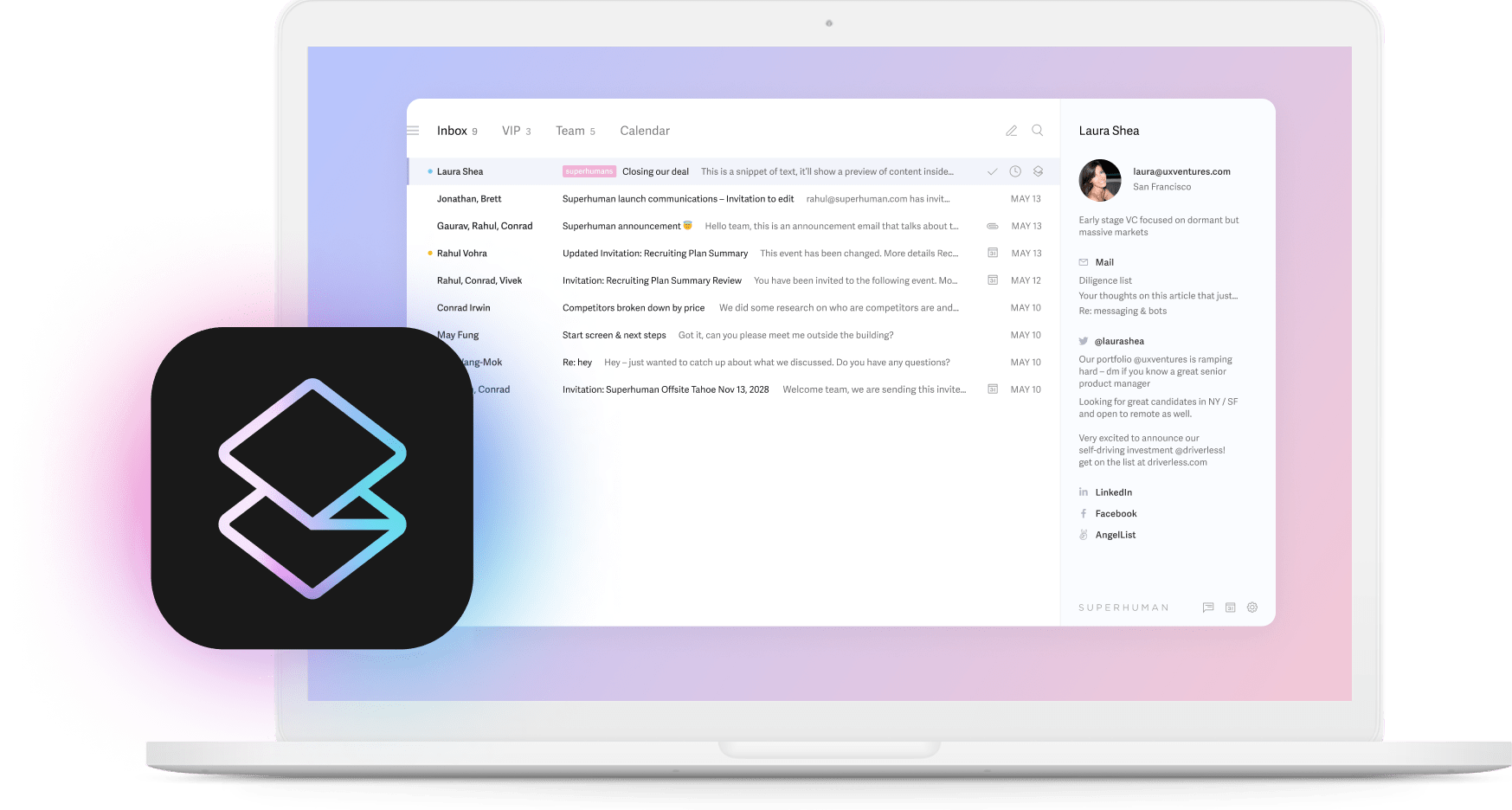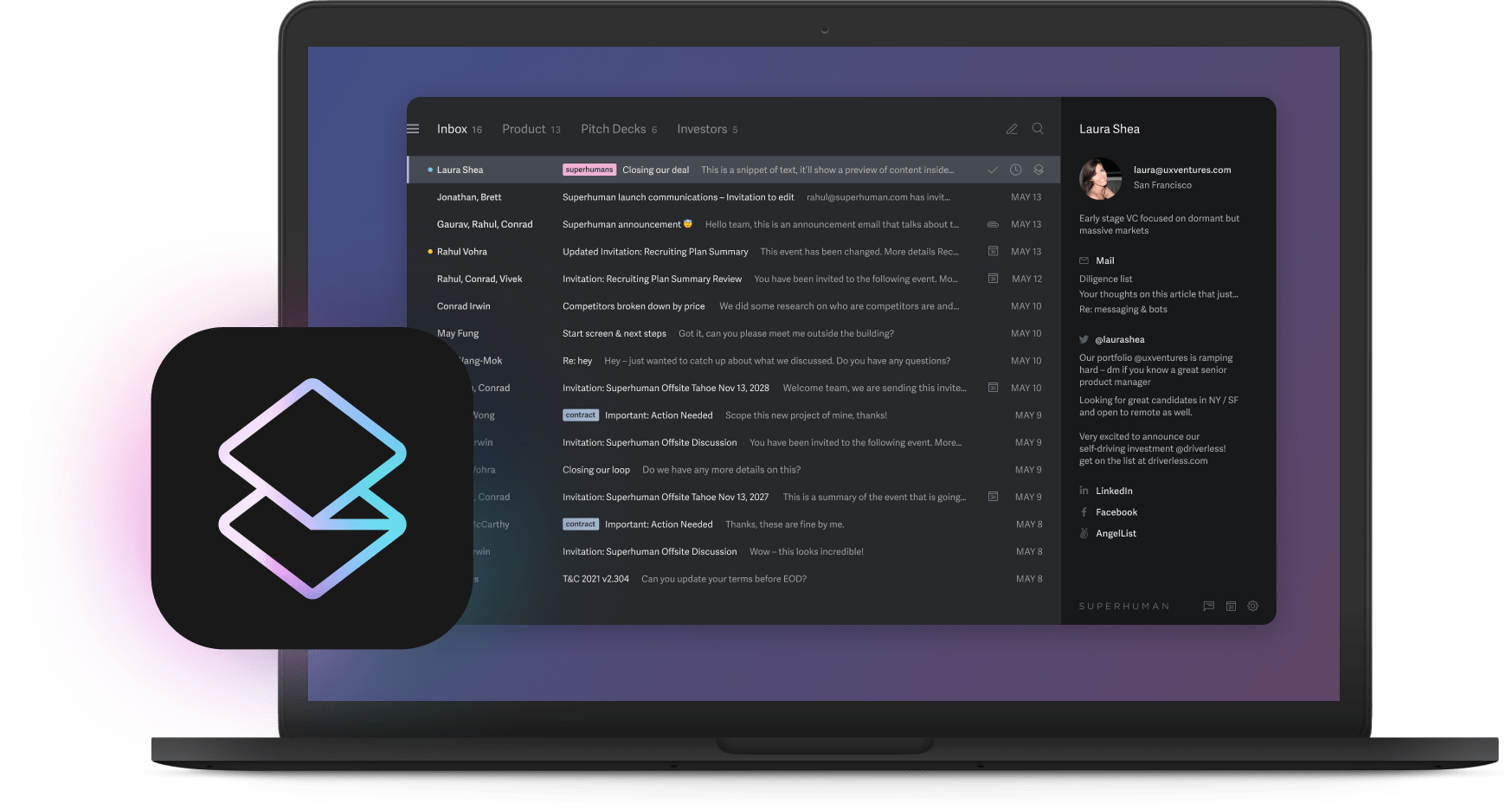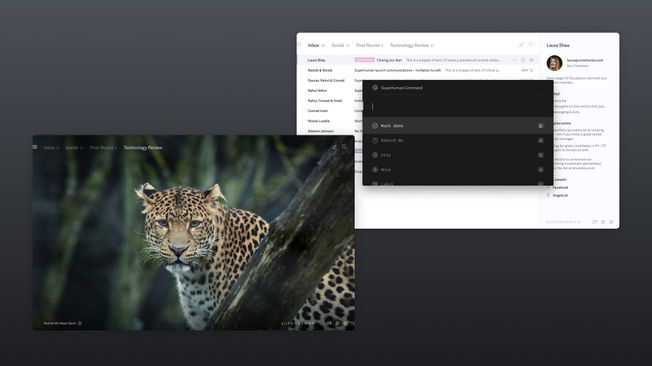
Traditional change management assumes you have time to waste. You don't.
Every week spent building consensus is a week your competitors use to ship. Most change initiatives fail, and they share one common trait: they moved too slowly.
Here's the uncomfortable truth. Excessive consensus-seeking paralyzes organizations. You're letting your most cautious employee set the pace for everyone. That's not leadership. That's abdication disguised as collaboration.
This guide compresses six months of traditional change management into 30 days. It works best for software companies and digital transformations where mistakes are reversible. Make decisions at 70% certainty. Ship before you're comfortable. Your organization will feel like it's moving too fast. That's exactly the point.
Why consensus is your enemy, not your ally
Move before you negotiate. When you act first, you replace fear with something people can see and touch. The longer you wait for everyone to agree, the more room fear has to grow. That fear becomes resistance, and resistance kills more change initiatives than bad strategy ever will.
But here's what really happens when you seek unanimous buy-in. You're not building alignment. You're averaging down to the lowest common denominator. The boldest ideas get watered down. The transformative becomes incremental. The urgent becomes "next quarter." You end up with a plan that nobody hates but nobody believes in either. That's not change. That's theater.
Start with something visible, then take questions. Post the new workflow in Slack. Ship the prototype to ten customers. Switch the dashboard to live data. That single move shows everyone change is happening and it works. Once people see results instead of rumors, skeptics quiet down and real feedback surfaces. You've just turned your biggest critics into data sources instead of roadblocks. More importantly, you've shown that decisions happen with or without their permission.
The execution proves the point. Make a one sentence announcement like "Starting Monday, customer renewals go through RevOps." Record a two-minute Loom walking through the change. Open a Slack thread for questions that closes in 24 hours. Schedule your first metrics review on day seven. Notice what's missing? The pre-meeting to discuss having a meeting. The committee to form a committee. You've eliminated the performance of democracy and kept only what matters. Speed becomes your culture's default setting when people realize the train is leaving whether they're on board or not.
Make decisions at 70% certainty (and stop asking permission)
Every hour you spend hunting for perfect information is an hour your competitor uses to ship. The problem isn't that you lack data. The problem is you're using data gathering as a delay tactic because making decisions feels risky. But here's what the consensus-seekers won't tell you. The biggest risk isn't making the wrong decision. It's making no decision while pretending to be thoughtful.
Some leaders find that deciding at 70% certainty balances speed with prudence. The other 30% you're waiting for? That's not clarity. That's often consensus-seeking disguised as diligence. You're not gathering more data. You're gathering more opinions, hoping someone else will take responsibility for the choice. Organizations that can adapt quickly to incomplete information outperform those waiting for perfect clarity.
Filter every decision through three questions that actually matter. Does this support our most important metric right now? Can we reverse it within a week if we're wrong? Will we see results in 30 days? If you get three yeses, ship immediately. If you get a no, simplify or shelf it. No meetings required. No stakeholder alignment sessions. These questions eliminate the analysis paralysis that kills momentum.
Many operational decisions are reversible, but we treat them as permanent. Label each decision by reversibility to expose this bias. Type 1 decisions are one-way doors. Once you walk through, you can't go back. Get more data or escalate these. Type 2 decisions are two-way doors. You can always walk back through. Make these fast and treat them as experiments. When you start recognizing how many Type 2 decisions you face daily, you realize that requiring consensus for each one is organizational self-sabotage.
Framework #1: the 48-hour change canvas
You need two days to turn an idea into a plan everyone can follow. Not two weeks of stakeholder meetings. Not two months of strategic planning. Two days. The canvas forces clarity, cuts debate, and creates one source of truth as a 500-word memo. Why 500 words? Because if you can't explain your change simply, you don't understand it well enough to execute it.
Block time for three people. In 24 hours, they write four statements that answer the only questions that matter. First, explain why now in one sentence about the threat or opportunity. Second, pick a key metric like "Cut customer churn from 7% to 4%." Third, name three behaviors that need to change, such as "Escalate decisions within 24 hours." Fourth, define something visible you can show in seven days. Each statement gets 50 words max. This constraint prevents the vague strategies that kill most change efforts.
Day two, post the canvas and open comments for exactly 24 hours. This skips meetings and kills miscommunication. People can't claim they weren't consulted, but they also can't derail progress with endless debate. When comments close, freeze the document and go. Fresh decisions reduce pushback and show commitment. You've just compressed three months of planning into 48 hours, and everyone knows exactly what's happening and why.
Framework #2: start small, expand fast
Start with 10% of your company. Ship something that works in two weeks. Double your footprint every cycle. This approach solves the biggest problem in change management. You can't predict every issue, but you also can't wait until everything's perfect. So you turn your company into fast, low-risk experiments instead of one massive launch that might fail.
Pick a diverse team for round one. You want people who touch different workflows and handle chaos well. Look for influence, resilience, and speed. These aren't your yes-people. They're your truth-tellers who will surface problems early when fixing them is cheap. Lock in three success metrics before you start. Wire up automatic tracking. Publish the dashboard where everyone sees it. When you hit your targets, add the next 10%. Your first group becomes mentors, not because you told them to, but because they own the success.
This method expands coverage without endless training sessions. Most change programs plan everything, freeze the scope, and pray nothing shifts before launch. That approach fails because the world doesn't stop changing while you plan. Rolling pilots reduce adoption friction and resistance because people join a proven system, not an experiment. Build, ship, expand beats plan, perfect, panic every time.
Framework #3: map your talent (and focus on the willing)
You move faster when you know who helps and who blocks. In 72 hours, sort everyone into three groups. This isn't about labeling people. It's about facing a reality that consensus culture refuses to acknowledge. Not everyone's opinion matters equally. Not everyone's readiness determines your pace. The wrong approach to the wrong person at the wrong time destroys momentum.
Accelerators push forward and bring others along. Adapters wait and watch but will follow soon. Anchors slow everything down, openly or quietly. Here's the controversial part. Stop spending equal time on all three groups. Consensus culture obsesses over converting every Adapter, making sure everyone feels included. That's why change takes forever. You're negotiating with people who will follow anyway once they see success.
Focus your energy on your Accelerators. Give them visible wins, small promotions, or first pick of new projects. Make them so successful that Adapters have no choice but to follow. Recognition keeps Accelerators pushing. For Adapters, stop trying to convince them. Just pair them with Accelerators and let peer pressure do the work. They need proof, not persuasion, and they'll get it by watching their colleagues succeed.
Anchors need one clear conversation. Explain what's at stake, give them a week to adjust, and offer training if they lack skills. When attitude is the problem, not ability, a quick transition protects your speed. The harsh reality? Some people use democratic processes as a weapon to slow change. Stop letting them. Review your talent map weekly and act on it. People change categories as transformation builds momentum, but only if you stop protecting the people holding you back.
Sustain speed without burning out
You can move fast without destroying your team. The secret is understanding that intensity and sustainability aren't opposites. They're partners. Run change as sprints, not marathons.
Pick something visible to celebrate weekly. Tickets closed, features shipped, time saved. Small celebrations build momentum because they prove progress is real, not theoretical. Keep communication light but constant. A ten-minute Monday standup lets people raise problems and hear your thinking. Answer hard questions in real time. This isn't about consensus. It's about transparency.
Build in breaks before people need them. Rotate 15% of your top performers off the front line each week to recharge or teach others. This prevents the burnout that kills speed later. Send three questions every Friday about energy level, goal clarity, and workload. This data warns you before problems explode. Recognize wins publicly through immediate rewards. Fast change needs fast recognition.
The teams that maintain this pace understand something crucial. Speed isn't about working harder. It's about removing friction, making faster decisions, and building momentum that carries itself forward.
Keep the board focused
Your transformation stalls the second investors sense confusion. They don't need to understand every detail. They need to trust you're in control. Make every update crystal clear by answering only the questions that matter to them. Are we on track? What might go wrong? What are you doing about it?
Create three slides you can email and explain in five minutes. First slide shows the one metric that matters this month, with number and date. Second slide shows current value, trend, and next visible win. Third slide lists only issues that could burn more than 5% of monthly budget. Everything else goes in a follow-up note they probably won't read, and that's fine. You've given them what they need to sleep at night.
If something crosses that 5% line, escalate within 24 hours. Schedule a 30-minute session where you list the worst case, then assign someone to prevent each piece. This shows you're ahead of problems, not reacting to them. Connect every number to a live dashboard so investors can track progress without asking. Teams with real-time visibility deliver better results because everyone stays aligned without meetings. Cut noise, timestamp risk, and keep the board watching momentum, not details. This buys you room to keep pushing without constant interference.
Let traditions die
Old rituals feel safe but they kill speed. A misaligned culture stops change cold because people retreat to familiar patterns when stressed. When you need to move, you can't protect every tradition. The key is knowing which ones define you and which ones just comfort you.
Pick three things you absolutely won't touch because they define who you are. Write those three things clearly, share them day one, and ask for stories that show them in action. Stories connect new behaviors to familiar values. The change feels like evolution, not loss. Stories also kill anxiety by showing success in the new world. People need to see someone like them thriving, not just surviving.
Call out what dies and explain why. Your weekly status meeting becomes a Slack update because async is faster. The war room tradition ends because video calls work better. Connect each cut to a clear benefit like speed or autonomy. Create one Q&A document for concerns so you acknowledge feedback without endless debate. People need to be heard, not necessarily heeded. Culture works when it serves your purpose, not your nostalgia. Keep what matters, proudly retire the rest. You need a clear path forward, not a museum of past practices.
Listen selectively (because repetitive objections mask fear)
Speed requires selective hearing. Plot feedback on two axes: impact and frequency. Only act on high-impact, low-frequency feedback. Log and ignore everything else. This isn't arrogance. It's pattern recognition. The same objections appear in every change initiative, and they're rarely about the change itself.
Repetitive objections often mask fear of change rather than legitimate concerns. "We've always done it this way." "What if customers complain?" "The team needs more time." These aren't insights. They're anxiety expressing itself as caution. In consensus culture, every concern gets a committee. Every worry gets a workshop. That's why nothing changes until crisis forces your hand. Stop treating every opinion like it deserves a response.
When someone raises a concern about core metrics or safety, pay attention. Critical feedback from experienced team members about customer patterns matters. Specific technical barriers need addressing. Everything else is likely someone protecting their comfort zone. Apply this filter ruthlessly. Create one living document, update it daily, and point everyone there. When someone keeps pushing after you've responded once, they're not seeking clarity. They're seeking control.
The loudest voices rarely have the best ideas. They have the most fear. The best ideas come from people too busy executing to complain. Consensus culture reverses this, giving the microphone to whoever objects the most. You're not being cruel by moving forward. The cruel thing is letting fear determine the pace for an entire organization.
When this approach works (and when it doesn't)
This isn't recklessness. You still need competent leaders, psychological safety, and clear communication. The difference is you build these through action, not planning. But let's be clear about when rapid transformation makes sense and when it doesn't.
This approach works best for digital transformations, software changes, and operational improvements where mistakes are reversible and learning is fast. It works when your market is changing quickly, competitors are gaining ground, or internal inefficiencies are compounding. It works when you have leaders willing to take responsibility for decisions and teams capable of adapting quickly.
It doesn't work for safety-critical changes in healthcare, aviation, or manufacturing where mistakes can be fatal. It doesn't work when you lack the technical competence to execute quickly or when regulatory requirements demand extensive documentation. It also fails when leaders use speed as an excuse to avoid hard conversations or skip necessary training.
The key distinction? In environments where the cost of delay exceeds the cost of mistakes, move fast. In environments where the cost of mistakes could be catastrophic, slow down. Most business transformations fall into the first category, but we treat them like the second. That's the real problem with consensus culture. It applies safety-critical thinking to reversible decisions.
Your 30-day action plan (one possible approach)
Ready to compress months of planning into rapid execution? This aggressive timeline shows one way to transform your organization faster than competitors can react. Adjust it based on your context, but maintain the bias toward action.
Day 1-2: Complete the 48-hour canvas. Write your why, pick your metric, name three behavior changes, and define a week-one win. Publish as a memo, not a meeting. Don't ask for feedback. Announce what's happening.
Day 3: Start rapid decisions. Use the 70% rule and two-hour limits. Reversible decisions happen immediately, irreversible ones get same-day risk review. Stop asking "What does everyone think?" Start asking "Who's executing this?"
Week 1: Map your talent and pick your first 10% pilot group. Identify accelerators, adapters, and anchors in 72 hours. Give accelerators public wins. Focus on the willing, not the resistant.
Week 2: Launch the pilot and hit your seven-day win. Automate tracking so progress shows daily on a shared dashboard. Let the data silence the skeptics.
Week 3: Reset culture in one hour. Keep three essentials, cut everything else. Don't ask what traditions people want to keep. Tell them what survives and why.
Week 4: Brief the board with three slides showing goal, progress, and blockers. Don't seek their approval. Show them the momentum that's already building.
Speed is one of the few competitive advantages that doesn't require permission or capital. But here's what should keep you up at night. Somewhere, a competitor you've never heard of is moving this fast right now. They're not debating whether to transform. They're already three weeks into their 30-day sprint. By the time you finish your next planning session, they'll have finished their transformation. The only question left is whether you'll be the disruptor or the disrupted.





